User Review: Crosshair V Formula-Z & FX 8350 Overclocking & Performance
Roughly speaking, the new [83xx Series] FX processor at the same clock offers between 3-25% higher performance than the previous generation [81xx Series] of FX processor. In the most common cases the differences are about 10-15%. That's not bad for a simply architecture refresh on the same production process. The processor has had tiny changes that have streamlined many processes (bugs removed) from the one previous. Even this, however, counts, and so Piledriver is already more capable than Bulldozer to the masses of AMD fans. Now let's take the ROG Crosshair V Formula-Z motherboard. It is in principle perhaps the very best piece of hardware and I have uploaded the newer [Vishera compatible] BIOS, otherwise the setup is fully identical.
Test Selection
Unfortunately, for reasons of time [I could not do extensive testing]. We are able to see some world-class reviews for example at www.hardware.fr [bring your translator]. Even so, I have included several graphs to compare and FX8350 and FX8150 at their default values and then after maximum "stable" overclocking.
- Memory sub-tests: AIDA64, MaxxMem
- Calculation of Pi: very old school SuperPi 16M, newer wPrime 32M and 64M, older PiFast and modern MaxxPi.
- Graphics benchmnarks: 3DMark06, 3DMark Vantage, 3DMark11, DosBox, Unigine Heaven DX11
- Rendering: Cinebench R10, Cinebench R11.5, POV-Ray 3.7
- Video Compression: x264 4.0, x264 FHD
- CPU complex test: Fritzchess benchmark, CPU 3DMark Vantage, Physics 3DMark 11, Geekbench, UCbench
- Working with files compression and decompression: WinRAR 4.20, 7-zip
Results
3Dmark 11 Physics: purely a score due to the processor
Memory subtests in AIDA64: the more MB/s the better:
Rendering in POV-Ray:
(Elderly x87) SuperPi:
3DMark Vantage CPU score:
The full 3DMark results:
Memory test MaxxMem in GB/s bandwidth:
Scores in Cinebench R10 for one and computational benchmark kernels Nuclearus.
Cinebench R11.5 results:
Complex tests of Geekbench and Fritzchess:
System Stability Tester can test through one or more cores and with different ways, while MaxxPi loads all cores and utilizes the newer instructions.
wPrime loads all threads but PiFast is only single threaded...
Ucbench is a bruteforce password cracking benchmark that uses multi-core and SSE2, SSSE3, SSE4.1.
DosBox uses very low resolution benchmark Quake 1 and is thus dependent on brute forcing a single core on the CPU without much optimization. Unigine Heaven running on the contrary requires FullHD resolution with DirectX 11.
WinRARand 7-zip indicate the strength of compression and decompression. This is after OC, especially with 7-zip, really huge.
2-pass x264 is representative of video encoding
See Overclocking and Undervolting Benefits on Page 2
Overclocking
Articles covering overclocking often differ on defining the term "stability", as well as the methodology of determining stability. I think it is not strictly necessary to worry if a processor passes the most brutal stability tests. Stability, for me, is a state of acceptable use from the perspective of the user: in particular applications where there are no crashes, restarts and OS freezing after a period of use. For some it may be constantly running Folding @ Home which for others just stability in online games. I test stability using the 30 min AMD Overdrive stability test. From my perspective, this is a great test for AMD systems as you can select different parts to load; whether we want to test one part or tick everything to test a whole system. The fundamental requirement for overclocking AMD processors is still temperature control. If we follow Core Temp, FX core temperatures should not exceed the long term value of 70 ° C (in reality the CPU can still reach around 85C!). For example, at the default settings or low overclocks, we can easily keep the temperature below 70C without instability, but if we push the maximum CPU clock there will always be the temperature limit before CPU frequency limit. However at 4.9 GHz and a maximum temperature of 70C, this does not bode as well as we will more often see errors generated over time. However, if at the same clock and voltage the temperature can be kept at 60C, from my experience the processor is more likely to be fully stable. Because of this I got to the beautiful 5,010MHz stable! and I even got an additional 200 MHz up on Cinebench, raising the clock speed to 5,240 MHz! 
Undervolting at Stock Clocks
The idea here is to decrease power consumption. For many, it is as interesting as overclocking. As you can see in the first picture, the load voltage was reduced to just 1.212V, with a DRAM frequency still running at 2,040MHz.  What is even more interesting and beneficial of undervolting is sometimes higher performance! This is due to the fact that the frequency of the processor in the base varies between 4000-4200 MHz as it is subject to TDP of CPU. The lower voltage reduces the load, so this gives the Boost more free power overhead to five into, giving me a multi-threaded processor of 4,114 MHz without manual OC.
What is even more interesting and beneficial of undervolting is sometimes higher performance! This is due to the fact that the frequency of the processor in the base varies between 4000-4200 MHz as it is subject to TDP of CPU. The lower voltage reduces the load, so this gives the Boost more free power overhead to five into, giving me a multi-threaded processor of 4,114 MHz without manual OC. 
Power Consumption
And how is everything is reflected in consumption between base and overclocked levels?
Idle power states are not significantly different with approximately a 3 watt saving between stock and undervolted, but fired up the difference is much more at 232 W versus 196W: 36 watt difference and a higher boost clock as well. After overclocking over the 5 GHz the power consumption increased as expected, but the processor is not as uncomfortable hungry as FX 8150, which is 76W more power hungry. With longer tweaking of the CPU voltage VDD and CPUNB we could have knocked some Watts off further. All, of course, it all depends on the quality of processor silicon (and how lucky you are out the box). The Crosshair V Formula-z combined with Vishera FX-8350 can be recommended to all fans who are looking for maximum platform on AMD. The board will be stable, while widgets (FastBoot, DirectKey, Post Display, etc.), software, build quality and the components fitted: fully digital VRM (DRAM and CPU) with the FX-8350 processor offers very good multi-threaded and respectable single-thread performance. It finally overcomes with confidence Phenom II (mainly in practical use and gaming). It is definitely a huge plus to overclock with good-great cooling, and definitely a plus to have significantly lower power consumption for overclocking than the last FX-8150 (Bulldozer) CPU.
Author
Popular Posts

How to adjust your laptop's P-Cores and E-Cores for better performance and battery life
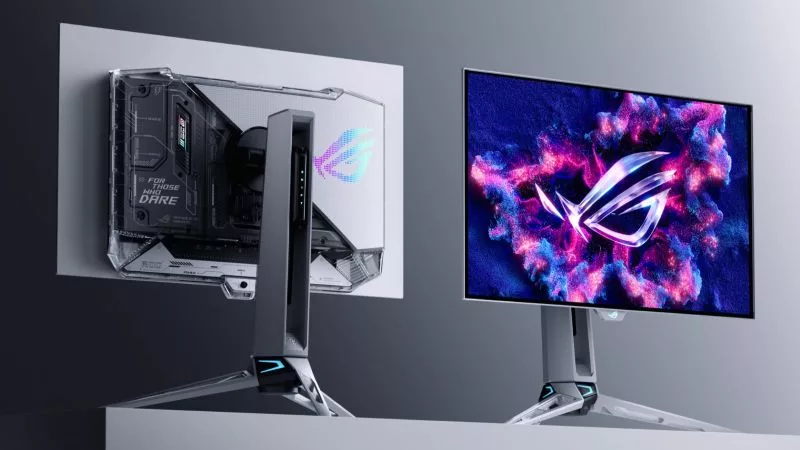
Prepare for Tandem OLED splendor with these new ROG gaming monitors
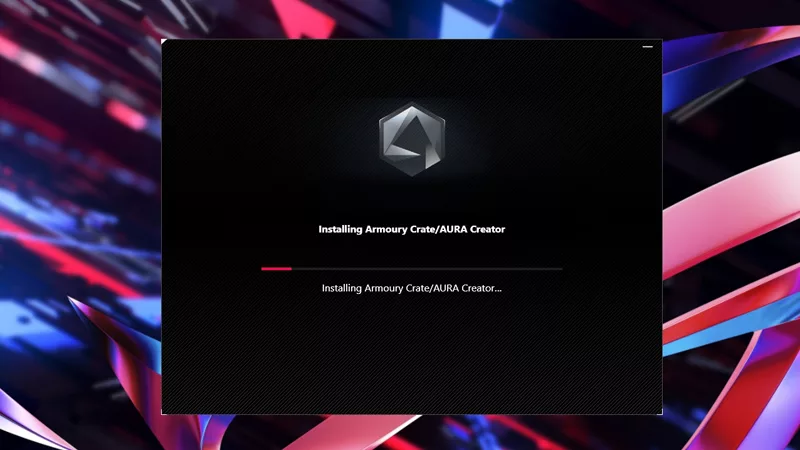
How to Cleanly Uninstall and Reinstall Armoury Crate
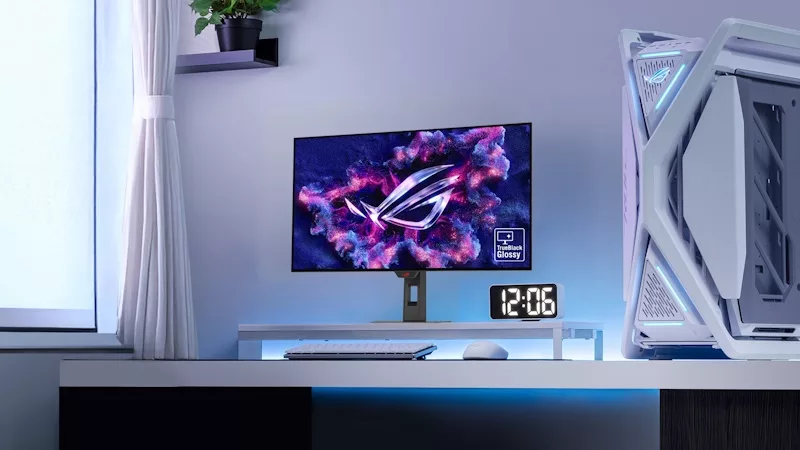
32-inch glossy WOLED panels debut in the ROG Strix OLED XG32UCWMG and XG32UCWG gaming monitors
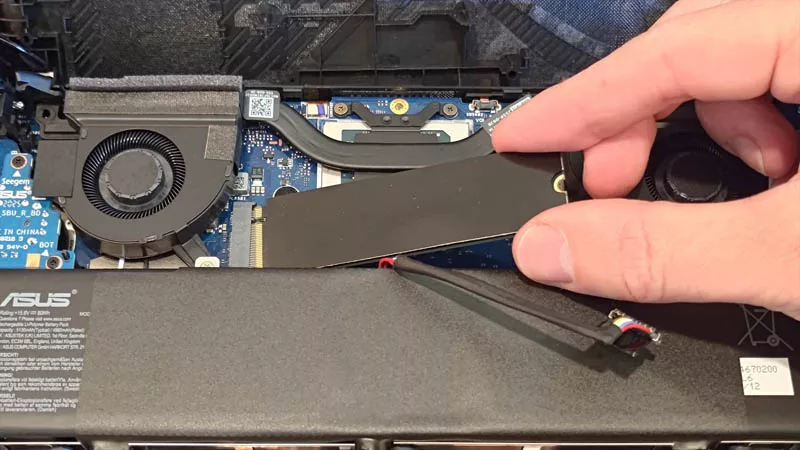
How to upgrade the SSD and reinstall Windows on your ROG Ally, ROG Xbox Ally, or ROG Xbox Ally X
LATEST ARTICLES

See the mammoth ROG Dominus build that takes Intel's 28-core Xeon W-3175X to the Extreme
The ROG Dominus Extreme pushes the boundaries of PC performance in our awesome CES 2019 build.
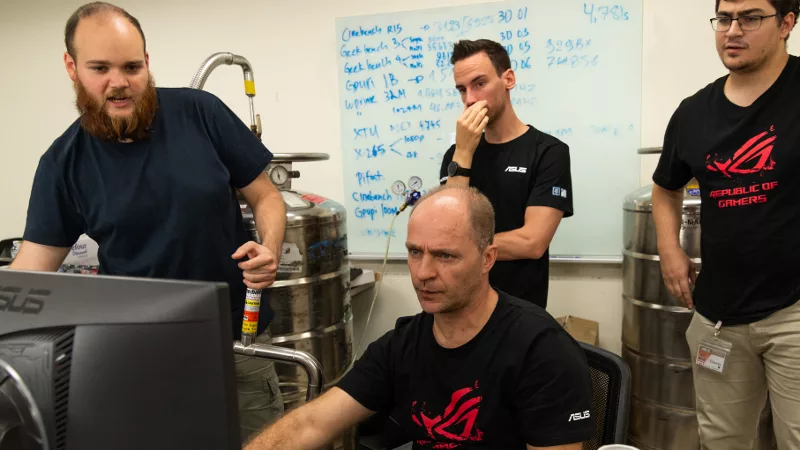
Breaking world records with the ROG Maximus XI Gene and the Intel Core i9-9900K
Tasked with pushing performance on the Z390 platform as far as possible, we invited the best overclockers to ROG HQ for a week of extreme overclocking.
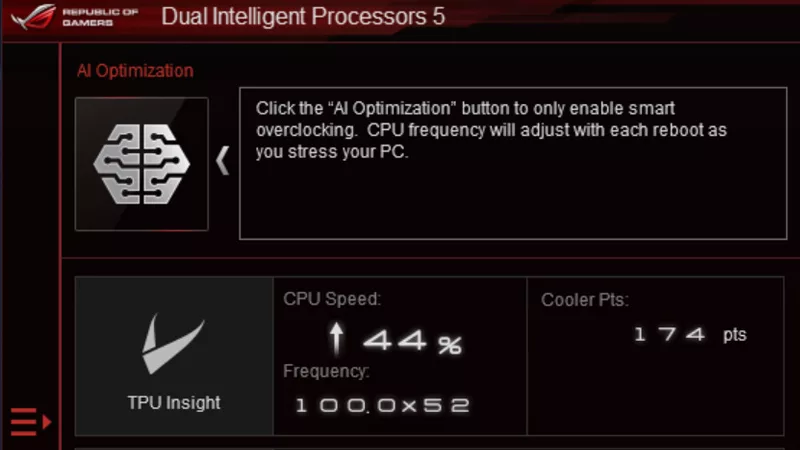
How to overclock your system using AI Overclocking
AI Overclocking one-click tuning makes its debut on Z390 motherboards and we have a quick how-to guide to get you started.

HW GURUS win the ROG OC Showdown Team Edition 2
The results are in from our second ROG OC Showdown Team Edition. See who posted the top scores.
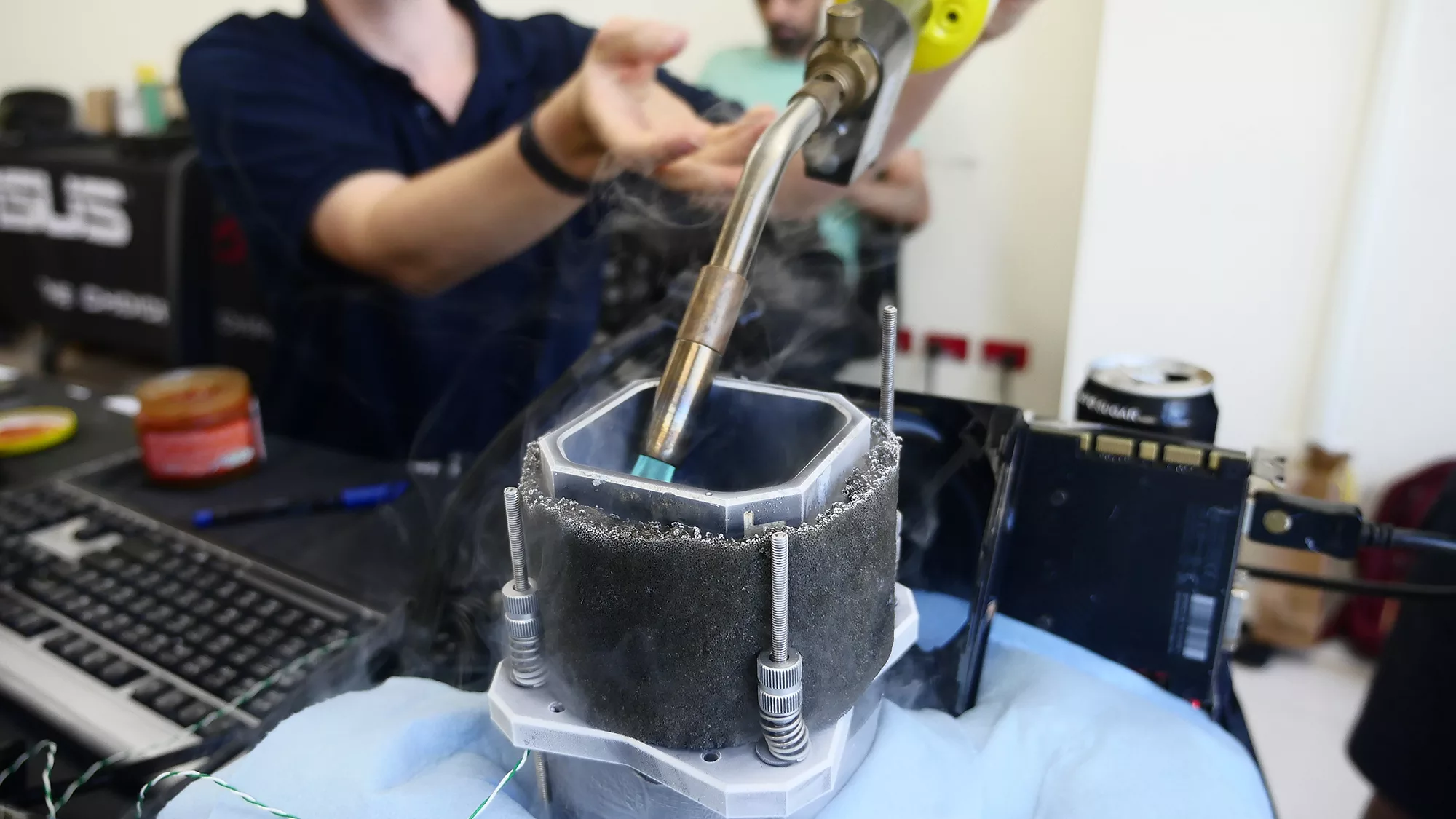
Breaking records with the Maximus X Apex and i7-8700K
ROG is obsessed with chasing the highest overclocks and fastest performance, and Coffee Lake is our new muse on the Maximus X Apex.
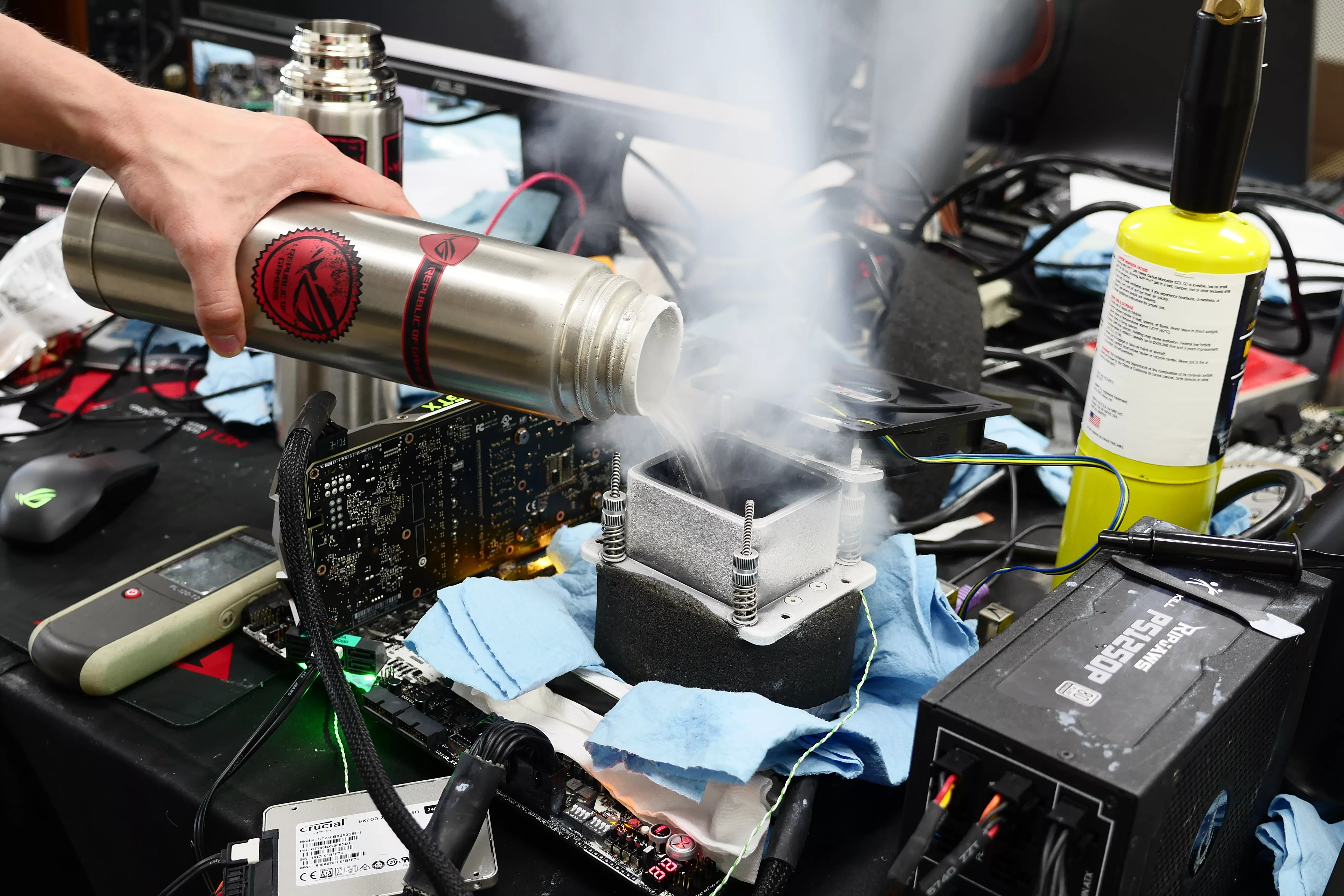
The Rampage VI Apex claims more performance victories with Intel's new Core i9-7940X and i9-7980XE
After dominating extreme overclocking with the first wave of Skylake-X CPUs, we've taken the latest 14- and 18-core models to sub-zero extremes.



















